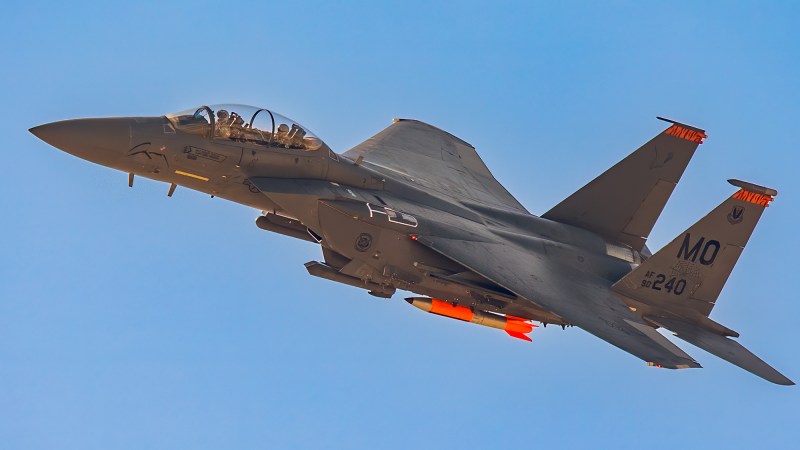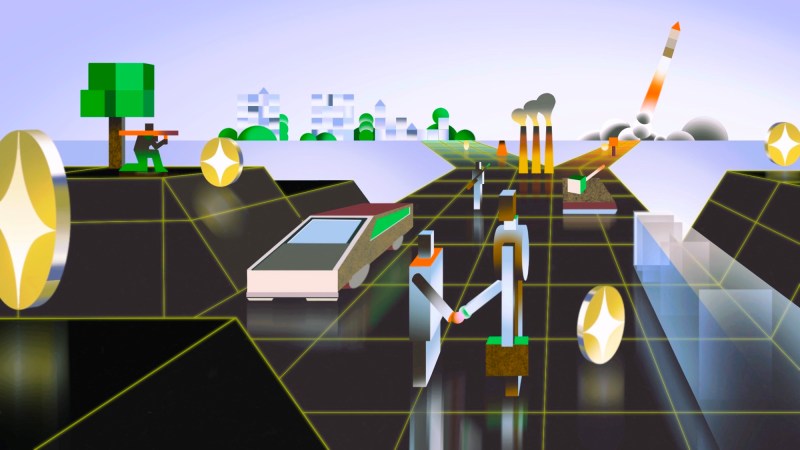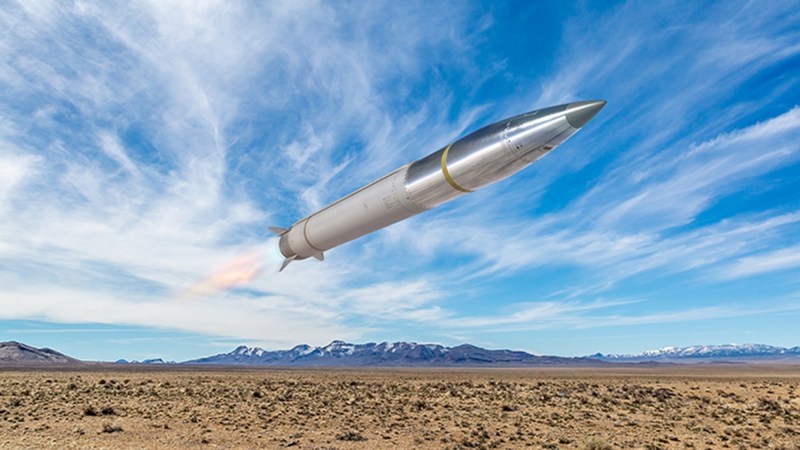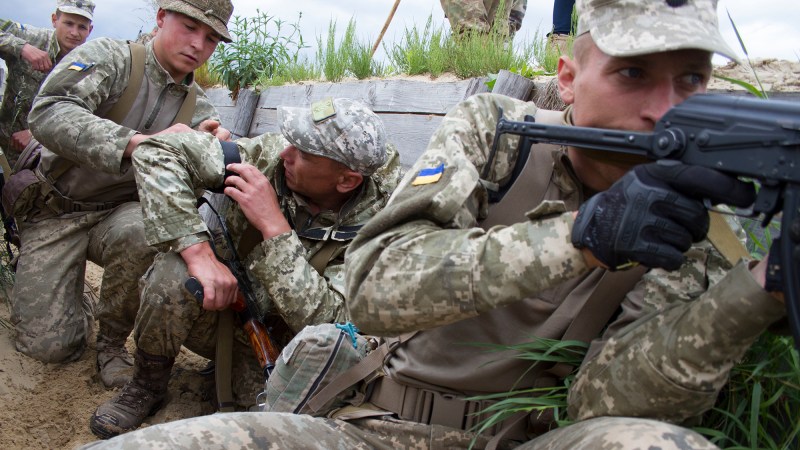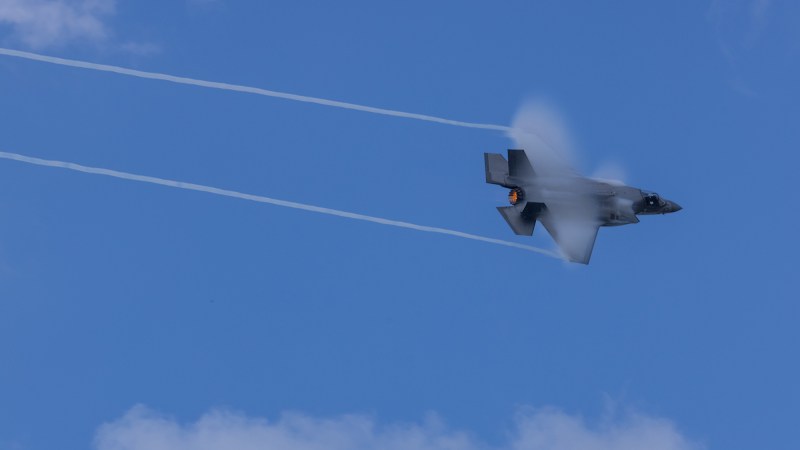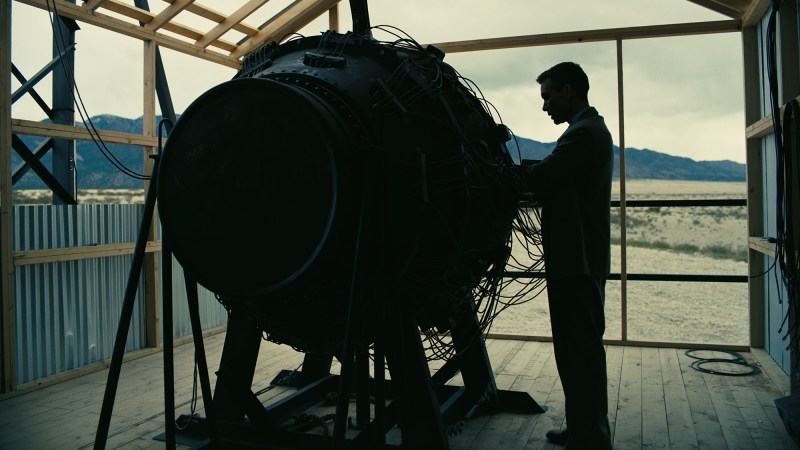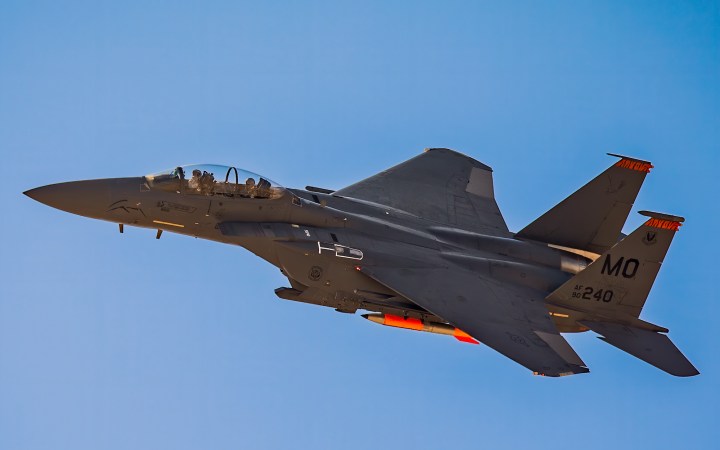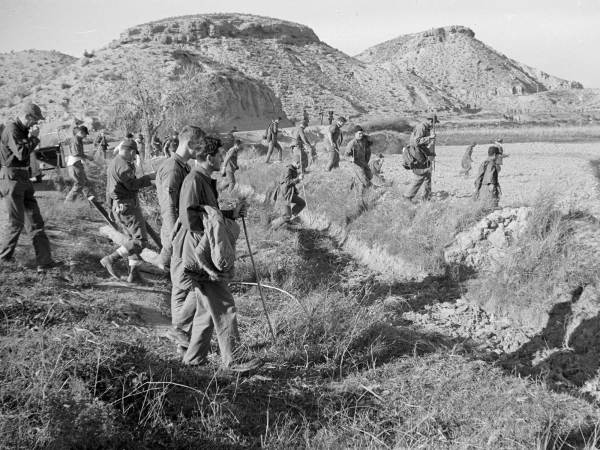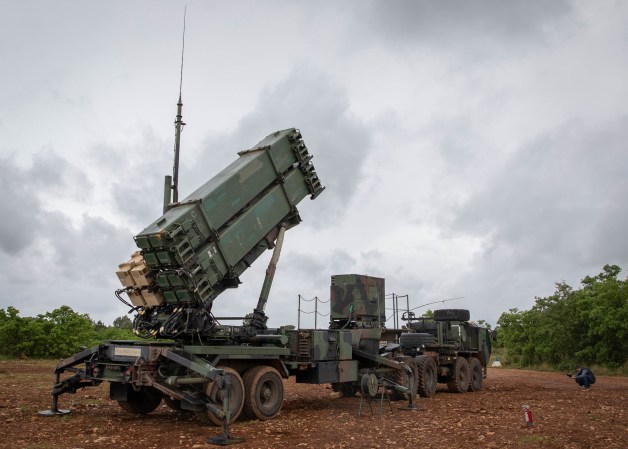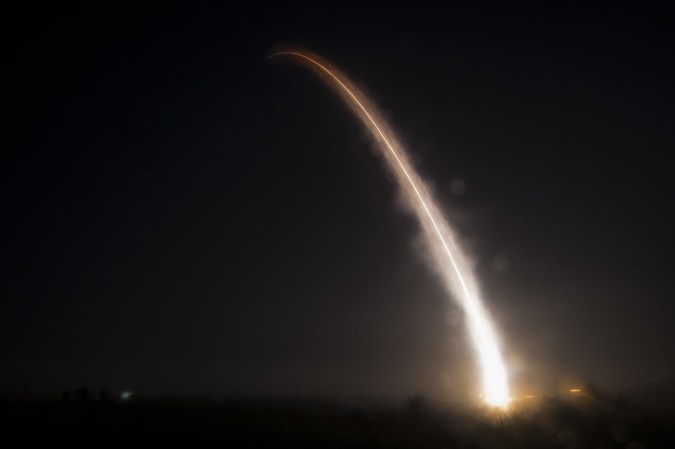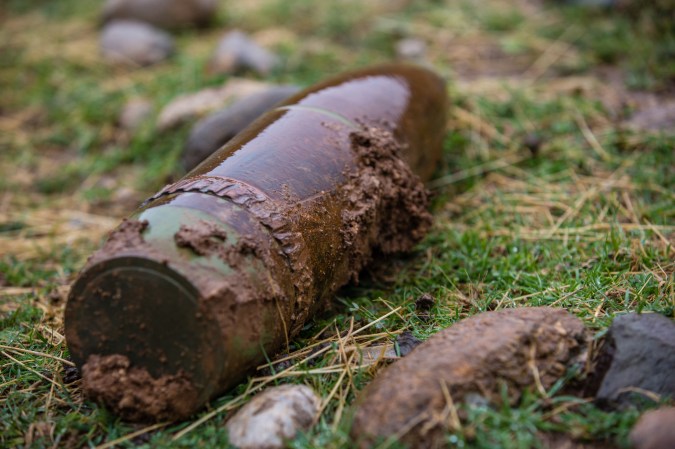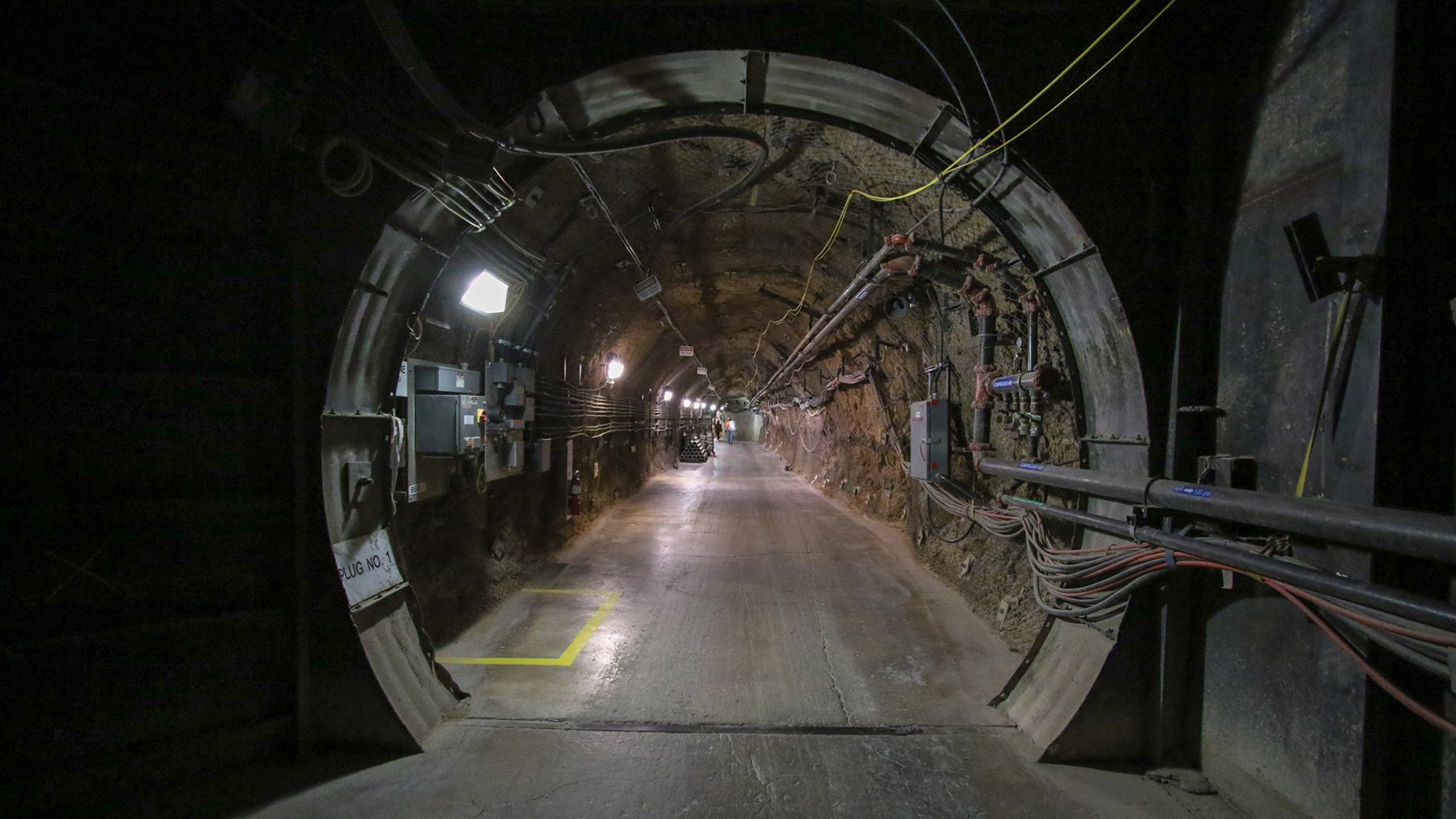

On October 18, beneath the Nevada desert, the National Nuclear Security Administration intentionally set off a non-nuclear explosion. The US Geological Survey registered its magnitude at 1.7, precisely recording the detonation at 8:15 am and 59 seconds. It has been over three decades since the United States has detonated a nuclear weapon in testing, but the ability to detect such tests, especially underground, informs and guides US responses to other tests. The October 18 explosion, while not nuclear in nature, took place in the bones of old nuclear testing infrastructure, because it was designed to improve detection of nuclear tests.
So far in the 21st century, only North Korea has detonated nuclear weapons, and all of those tests were underground. But should an existing nuclear power resume testing, or a country debut its new nuclear arsenal with a test, underground detection will likely be the way this is discovered.
“These experiments advance our efforts to develop new technology in support of U.S. nuclear nonproliferation goals. They will help reduce global nuclear threats by improving the detection of underground nuclear explosive tests,” said Corey Hinderstein, NNSA’s Deputy Administrator for Defense Nuclear Nonproliferation, in a release.
The NNSA’s test took place at the Nevada National Security Site, which has previously been known as the Nevada Proving Grounds and more recently the Nevada Test Site. When it was used for active nuclear testing, between 1951 and 1992, the site hosted 100 atmospheric and 828 underground nuclear weapons tests. The United States has adhered to a moratorium on live tests of nuclear weapons since September 1992, following the Soviet one put in place in 1991 and adhered to by Russia ever since. In the absence of live tests, simulated tests with computer models have informed the continued study and maintenance of the US nuclear arsenal, powered by supercomputing and the extensive data collected during the nearly five decades of active nuclear testing.
[Related: The world’s most powerful computer could soon help the US build better nuclear reactors]
Still, computer models are based on observed, real-world data, and setting off a non-nuclear explosion at the Nevada National Security Site allowed those algorithms and assumptions to be validated.
“The experiment will help validate new predictive explosion models and detection algorithms. Measurements were collected using accelerometers, seismometers, infrasound sensors, electromagnetic sensors, chemical and radiotracer samplers, and meteorological sensors,” reads the NNSA release.
This recent test builds on previous work done at the Nevada site. From 2010 to 2019, researchers in the US nuclear enterprise, including scientists from the NNSA as well as researchers from Sandia National Laboratory, conducted the Source Physics Experiments. These were designed to help the United States be able to distinguish earthquakes from underground explosions, improving knowledge of both weapons testing and seismic activity. Besides Sandia, other participating organizations included Los Alamos National Laboratory, Lawrence Livermore National Laboratory, and Mission Support and Test Services LLC, which manages operations at the Nevada National Security Site.
While satellite surveillance makes surface tests detectable from above, underground tests are by design harder for outside powers to observe and track. One distinction between human-caused explosions and earthquakes is in the balance of compressional waves versus shear waves. But to make sure that nuclear tests were not getting lost or misinterpreted as routine seismic data, the labs set out to collect new data, distinguishing explosions from earthquakes.
“The only way to understand that better, in our opinion, was to do actual physical experiments. We couldn’t just simply have new modeling codes without something to test those new modeling codes against,” Sandia principal investigator and geophysicist Rob Abbott told Sandia LabNews in August 2019.
Sensors involved in one series of the Source Physics Experiment included accelerometers in the borehole and on the surface, infrasound, fiber optics, seismic monitoring, a borehole microphone, radon sensors, photogrammetry, pre-and-post site surface mapping, and others. By modeling what the test should expect to find, placing sensors based on that modeling, and then conducting real-life tests with non-nuclear explosives, the researchers were able to greatly contribute to the data needed to find nuclear detonations, all without detonating a live nuke.
The science of last week’s test is straightforward. The geopolitical timing of the October 18 test is intriguing, as it occurred simultaneously with Russia’s parliament voting to un-ratify the Comprehensive Test Ban Treaty, a multilateral agreement that bans nuclear testing and set up an international organization to monitor for such tests. This de-ratification comes as part of an ongoing turn away from the arms control that defined the second half of the Cold War and the first couple decades after it. Russia possesses the world’s largest nuclear arsenal, though the United States stockpile is close behind. So far, no country that entered the 21st century with a nuclear arsenal has detonated a nuclear weapon, in testing or otherwise.
The NNSA has shared the seismic data of its October 18 test with other nations and researchers across the globe. While nuclear tests remain unlikely, shared information about how those tests will appear on seismic sensors allows the rest of the world to respond from a point of familiarity and agreement.
